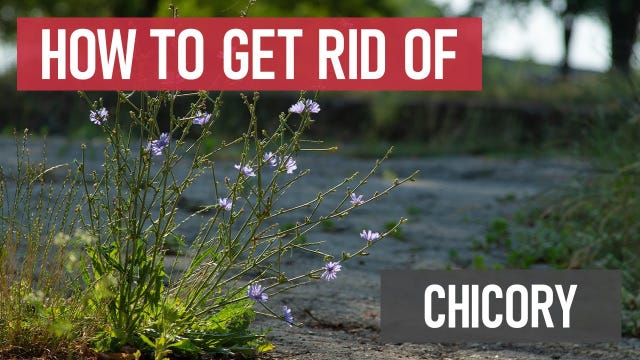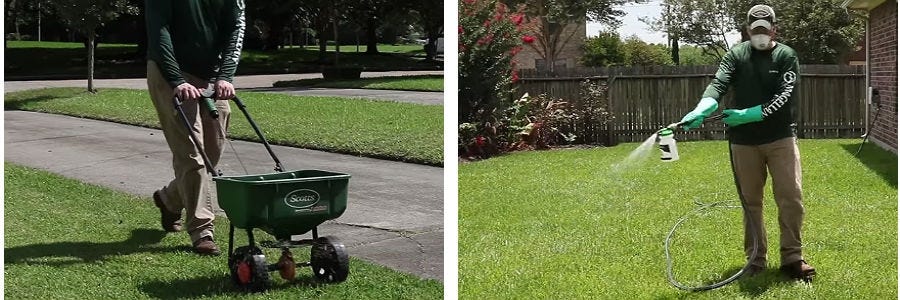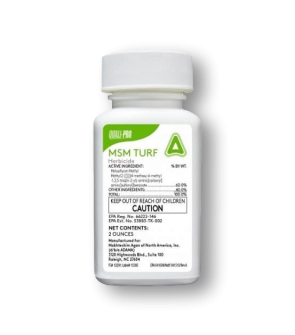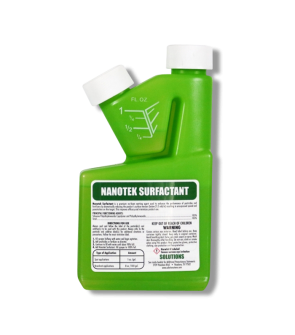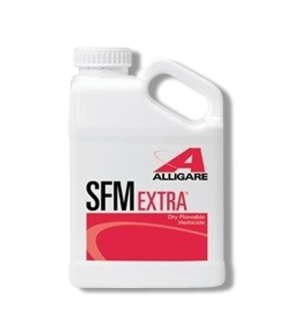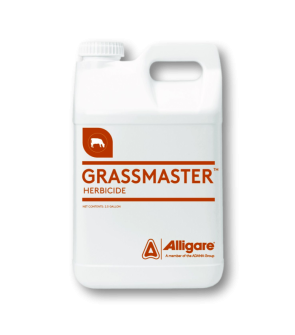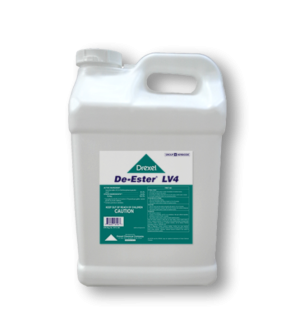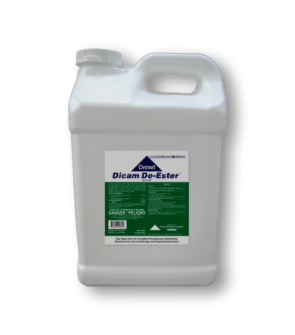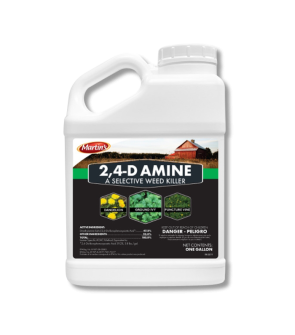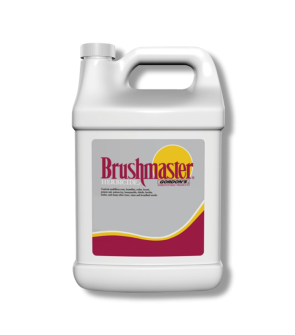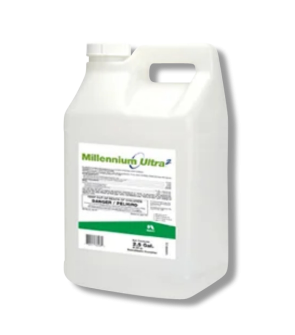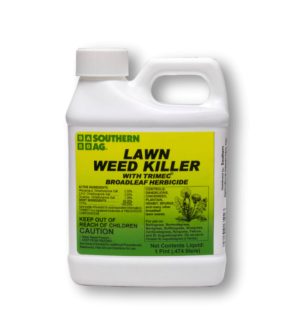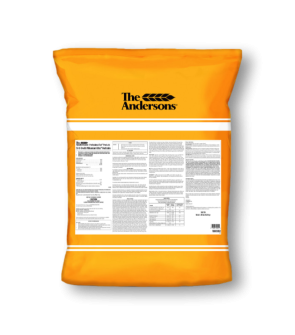Gain access to personalized product screening, the best pricing, rewards, and more!
Most Effective Products
Chicory Control: How to Get Rid of Chicory
This page is a general DIY guide for controlling chicory. Using the suggested products and methods, you can control chicory. Follow this DIY article and use the recommended products; we guarantee 100% control of chicory.
Chicory is a deep-rooted perennial weed native to Europe. Holland brought it to the States in 1785 as a green vegetable. Since then, chicory has had a reputation for being a troublesome weed in agricultural and residential areas. While some may enjoy the pretty blue flower that blooms from this weed, Chicory won't allow it to happen if you're trying to keep a uniform lawn.
Chicory grows on roadsides, fields, waste places, meadows, lawns, and flower beds. It can be a particularly large problem in yards around the summertime, where it shoots up to 30 inches in height from the ground.
If you want to eliminate chicory, the diy chicory control guide below can help. Read on to learn exactly what you need to kill chicory and remove it from your yard effectively.
Identification
Before proceeding with a treatment program, determine if your property has a chicory infestation. Misidentification can lead you to use the wrong treatment method, which can waste time and money. Refer to the following characteristics to help you know what chicory looks like:

- Chicory is a biennial weed that grows for two years before producing seed and dying. In its first season of growth, the plant grows as a rosette, meaning the leaves grow outward in a circular arrangement. The seedling emerges with a few rounded leaves.
- Chicory is often mistaken for dandelion due to its leaves' appearance and rosette arrangement. The leaves of chicory often grow irregularly toothed or deeply lobed and pointed away from the rosette, whereas dandelion leaves are symmetrical and pointed toward the base of the rosette.
- They have a long fleshy taproot that secretes a milky sap when crushed or cut. These weeds will also have rigid, branching stems with rough hairs on the stems and leaves.
- As the plant grows, the leaves become lance-shaped, alternative, rough-haired, and larger at the bottom. The upper leaves are stalkless and clasp at the stem towards their base.
- In its second growing season, the plant produces a stem that can grow as tall as 5 feet. The lower portion of the stem is hairy. Leaves and several flowers grow from the stem itself. The flowers are usually light blue or purple but may sometimes be white or pink.
Use the above description and image to help you properly identify chicory. If you are having trouble, you can always contact us. Our lawn care experts will help you correctly identify your weed growth and suggest treatment options.
Inspection
Once you confirm that you are dealing with chicory, you can move on to inspection. During this phase, you will locate areas where chicory is thriving and observe the conditions that allow it to thrive. This information will help you know where to focus your herbicide application.
Where to Inspect
Chicory is often found in pastures, fields, fence rows, roadsides, roadside ditches, construction site edges, lawns, and other areas where the soil has been disturbed or the grass is thin.
What to Look For
From June until the year's first frost, chicory will be actively growing. They will appear as tall plants with bluish to purplish flowers, rough hairs on the stems and leaves, and milky white sap around the hollow stems and in the leaves when cut.
Be on the lookout for rosettes or mature plants. Flowers make the plant easier to identify but also look for the leaves to find younger plants. It’s important to control chicory before the plants produce seeds, as each plant is known to produce around 3000 seeds.
Treatment
Before using any herbicide product, make sure you first have the proper personal protective equipment (PPE) before application.
Chicory can easily be controlled with spot treatments with a post-emergent herbicide containing either 2,4-D, Dicamba, aminopyralid, or clopyralid. We recommend using 2,4-D Amine Selective Post-Emergent Herbicide to kill chicory in cool-seasoned turf and Fahrenheit Herbicide to control chicory in warm-seasoned turf.
For maximum effect, apply these products when the chicory is actively growing or in the rosette flower of growth.
Step 1: Mix and Apply Herbicide
2,4-D Amine Selective Post-Emergent Herbicide is an emulsifiable concentrate product that travels throughout the weed and roots for complete elimination. Fahrenheit Herbicide is an effective water-dispersable granule product that delivers complete broad-spectrum control over broadleaf and grassy weeds like chicory.
Measure the square footage of the treatment area to determine how much product material to use. To do this, measure the length and width of the treatment area in feet and multiply them together (length X width = square footage). For acreage, take the square footage and divide it by one acre (square footage / 43,560 sq. ft. = acres).
To make spot treatments of chicory weed in cool-seasoned grasses, mix 1/4 pint of 2,4-D Amine Selective Post-Emergent Herbicide in 3 gallons of water or 1 1/3 fl. oz. of product into 1 gallon of water.
For spot treatments with Fahrenheit Herbicide in warm-seasoned grasses, use 0.2 oz. of product in 1 gallon of water per 1,000 sq. ft. of treatment area. To kill chicory as a broadcast application with Fahrenheit Herbicide, apply 3 to 4 oz. of product in 20 to 80 gallons of water per acre.
Keep in mind that when making applications with Fahrenheit Herbicide over St. Augustinegrass, Bermudagrass, or Zoysiagrass, temporary stunting or chlorosis may occur.
For either of these products, we recommend mixing and applying your herbicide with a handheld pump sprayer and using a surfactant like Nanotek to enhance the effectiveness of your treatment.
When using Nanotek, just add 1 fluid ounce per 1 gallon of solution.
Spot-treat any chicory plant you’ve found during your inspection. Use a fan or cone spray pattern to ensure the leaves are fully coated, and spray the weed to the point of wet but not runoff. Be sure to spray on calm days when temperatures are not too hot, and wind speeds are low to minimize drift.
Step 2: Follow Up Application
If signs of recovery are observed, especially if the plant’s taproot is still alive, a follow-up application may be necessary.
Reapply 2,4-D Amine Selective Post-Emergent Herbicide when chicory is present as long as it does not exceed 2 applications per year. Reapplication intervals with this product range from 21 to 30 days.
A repeat application may be made with Fahrenheit Herbicide when 4 to 6 weeks have passed after application.
Prevention
Once chicory has been eliminated from your property, you must take some preventative measures so chicory does not return. To prevent chicory, follow these preventative measures suggested below:
- One of the best ways to control chicory after it’s been eliminated from your property is to mow your grass at proper intervals to maintain a thick growing density. A lawn dense with taller trimmed grass can better choke out weeds and prevent them from establishment.
- Maintaining a thick, healthy lawn will prevent chicory from establishing itself, so proper fertilization with a slow-release fertilizer would work best. The thicker the lawn, the better the chicory will be choked out and unable to grow. We recommend using Solutions 15-5-10 Weed & Feed Fertilizer that slowly releases essential nutrients to turf and controls germinating weeds like chicory. For most applications, you must apply 3.2 to 4.0 pounds of product per 1,000 square feet of treatment area. Evenly distribute your Solutions 15-5-10 Weed & Feed Fertilizer with Trimec throughout your treatment area with a push or broadcast spreader. After 1 to 2 days have passed the application, water the granules in.
- Reduce the shade cast on your lawn by trimming overgrown shrubbery and tree branches, raking away leaf litter and picking up any debris, and employing a proper watering schedule to provide the local grass with enough water to strengthen its roots but not so much that it encourages weeds. Many grasses require 1 inch of water every week. Apply the water all at once in the morning so it has time to seep into the ground without evaporating in the sun.
Key Takeaways
What is Chicory?
- Chicory is a troublesome weed in agricultural and residential areas. Chicory thrives particularly over the summer months and is versatile, capable of growing in all types of pastures and rough turfs.
How to Get Rid of Chicory
- Our top recommendation for controlling outbreaks of chicory is a herbicide called 2,4-D Amine Selective Post-Emergent Herbicide or Fahrenheit Herbicide.
Preventing Chicory Restablishment
- To keep chicory away, keep your turfgrass thick with the proper fertilization and nutrition, mulching beds, and regularly patrolling for weeds when they're little.






